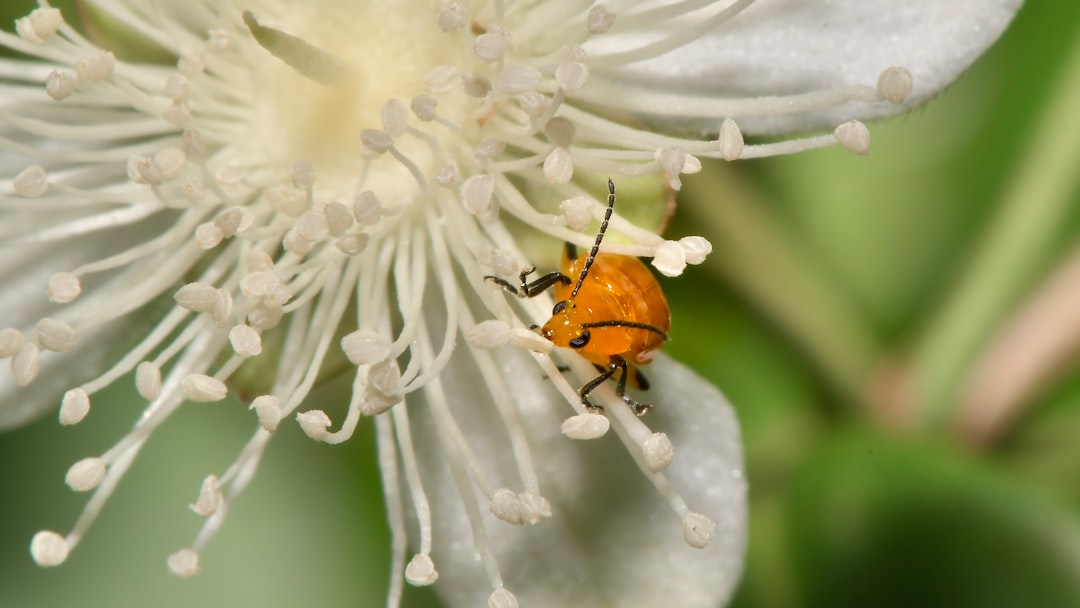The Enchanting World of Hay - scented Fern in Gardening

Hay - scented fern, a captivating perennial native to North America, has long been a hidden gem in the world of gardening. Its unique characteristics and adaptability make it a remarkable addition to any naturalized area.
This fern is known for its vigorous growth. It can quickly spread and cover large areas, creating a lush and verdant carpet. The hay - scented fern gets its name from the pleasant, hay - like fragrance that is released when its fronds are crushed. This delightful aroma adds an extra sensory dimension to the garden, making it a truly immersive experience for those who visit.
One of the key advantages of the hay - scented fern is its ability to thrive in a variety of conditions. It prefers partial to full shade, which makes it an ideal choice for areas in the garden that receive limited sunlight. This makes it a great option for under the canopies of large trees or in the corners of the yard that are often overlooked. Moreover, it can tolerate a wide range of soil types, as long as the soil is well - drained. Whether it is sandy, loamy, or clayey soil, the hay - scented fern can make itself at home.
When it comes to planting hay - scented fern, it is best to do so in the spring or fall. This allows the plant to establish its roots before the extreme temperatures of summer or winter set in. Before planting, prepare the soil by removing any weeds or debris and loosening it to a depth of about 6 - 8 inches. Dig a hole that is slightly larger than the root ball of the fern and place the plant in the hole. Make sure the crown of the fern is at or slightly above the soil level. Backfill the hole with soil and gently firm it around the base of the plant. Water thoroughly to settle the soil.
Once established, the hay - scented fern requires relatively little maintenance. It is a drought - tolerant plant, but it will benefit from regular watering during dry spells, especially in the first year after planting. Fertilization is not usually necessary, as the fern can obtain the nutrients it needs from the soil. However, if the soil is particularly poor, a light application of a balanced fertilizer in the spring can give the fern a boost.
In terms of pest and disease control, the hay - scented fern is relatively resistant. It is not commonly affected by major pests or diseases, which makes it a low - hassle option for gardeners. However, like any plant, it can be susceptible to problems if the growing conditions are not ideal. For example, if the soil is too wet and poorly drained, the fern may develop root rot. To prevent this, ensure proper drainage and avoid over - watering.
The hay - scented fern also plays an important ecological role. It provides habitat and food for a variety of wildlife. Birds may use the fern as a nesting site, and small mammals may seek shelter among its fronds. Insects, such as butterflies and bees, are attracted to the fern's pollen and nectar, contributing to the overall biodiversity of the garden.
When it comes to landscaping, the hay - scented fern can be used in a variety of ways. It can be planted in mass to create a naturalistic ground cover, or it can be used as an accent plant in a mixed border. It pairs well with other shade - loving plants, such as hostas, astilbes, and bleeding hearts. The delicate, lacy fronds of the hay - scented fern add a soft and elegant touch to the garden, contrasting nicely with the broader leaves of other plants.
In conclusion, the hay - scented fern is a wonderful addition to any garden. Its vigorous growth, adaptability, low maintenance requirements, and ecological benefits make it a plant that is both practical and beautiful. Whether you are an experienced gardener or a novice, the hay - scented fern is sure to bring joy and charm to your outdoor space.